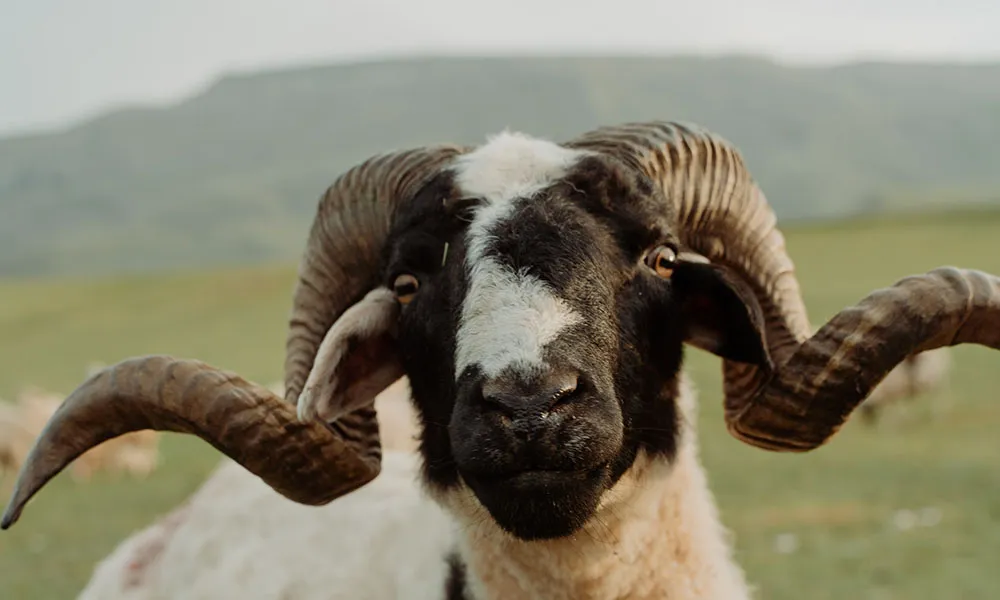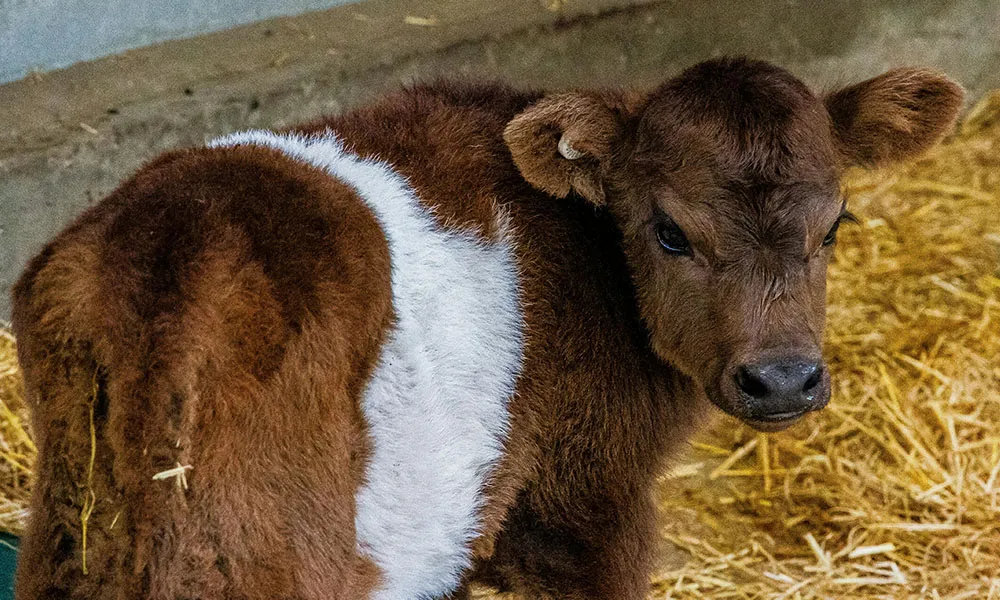
With tupping season on the horizon, Agridirect.ie discuss ram health and offer some advice to farmers planning to purchase a new ram.
September: a month for preparation
Last week on this platform we discussed the importance of ewe health when it comes to optimising our flock’s breeding performance. Equally important, if not more so, is the health and vitality of your ram. September is a key month in this respect, because it is the month when many of us invest in new sires for the flock. But it is also the month that offers us a chance to ensure that our ram is in prime condition when he is put to the ewes come October/November. Most seasoned farmers recommend that you start preparing your ram for tupping at least a couple of months in advance!
Buying a ram
So, you are at a sale and you have identified a ram that seems to meet your requirements. At this point, it is essential that you do not rush to buy. Before making a decision, you should check the animal for general signs of ill health.
First, check that he is not too thin. If a ram is too thin, it may indicate illness or old age. At any rate, it will be difficult to get a very thin animal into good condition in time for tupping season. Remember that, ideally, rams need to be a bit fatter than ewes when mating starts. This is because they will eat very little during the 7 or 8 weeks that they are with the breeding flock (they will have other things to focus on!). It is generally recommended that breeding rams have a body condition score of 4 when they join the ewes. A ram whose spine can be clearly felt when squeezed should be avoided.
The Reproductive Organ
Obviously, you will have to make sure that your ram has healthy reproductive organs. To make sure of this, you should examine his penis for any signs of damage, recent blood, scabbing or infection.
Examine the testicles too. Make sure that there are two of them – a ram with one testicle is much more likely to be infertile! Both testicles should be roughly equal in size and be free of lumps and bumps. If one is smaller than the other, it may be a sign of prior trauma and damage. Lumps are potentially a sign of malignancy or illness. Testicles should feel rubbery when pressed lightly, and move easily within the scrotum when handled. The scrotum should also be clean and free of scabs, lumps or any additional sign of infection or damage.
Eyes and Teeth
Aside from this, you will also want to make sure that the ram’s eyes and teeth are in good shape. Look out for broken teeth, which are often a sign of old age; and for overshot incisors, which are likely to fall out in the near future, preventing the ram from eating well. A ram with bad teeth will struggle during the breeding season. You can assess the health of the ram’s molars by rubbing along the jaw line. Lumpiness of the jaw may indicate damaged molars.
Check for signs of blindness or diseases of the eye, too. A healthy eye will be clear and bright. A ram with cloudy or scarred eyes may have an ailment of the eye, such as pink eye.
Feet and Legs
It is also essential to check the feet and legs. A lame ram will be a liability come breeding season, and it is very common for sheep to suffer from diseases of the hoof. In particular, make sure that there are no signs of foot rot, scald or heat in the hoof.
If your ram passes all of these tests, it is probably safe to take a chance on him. All the same, it is no harm to have a chat with the owner before putting any money on the table.











